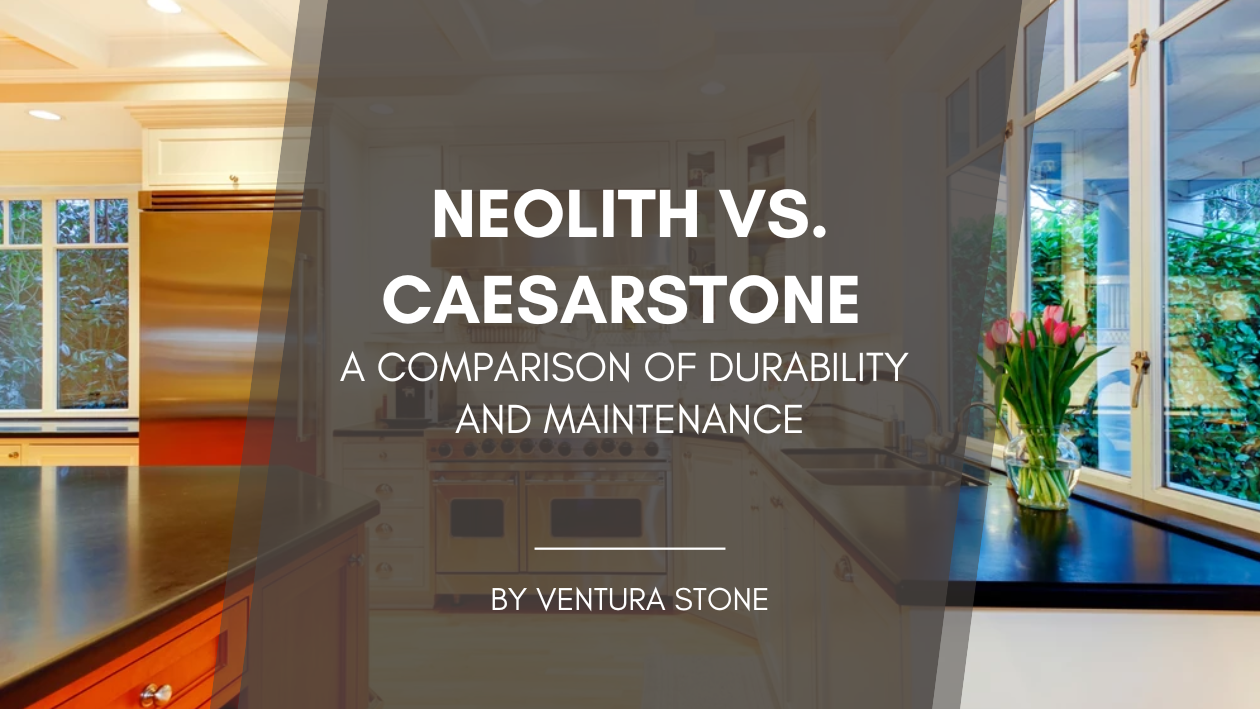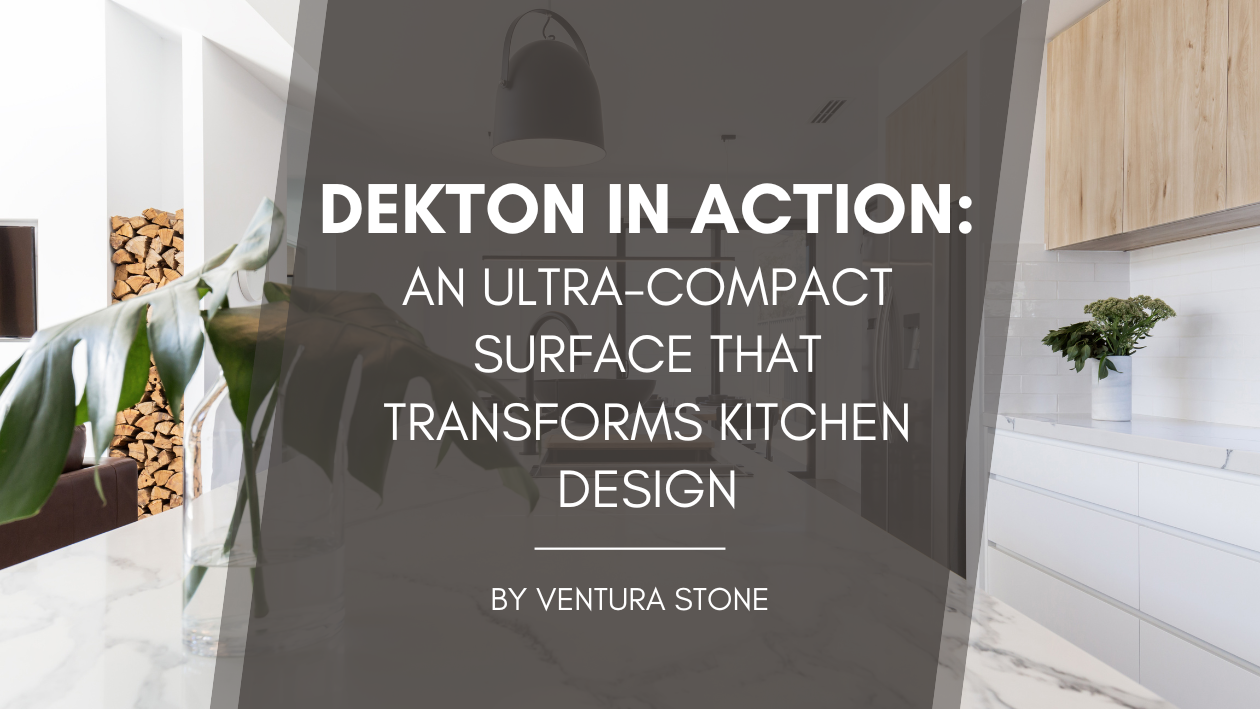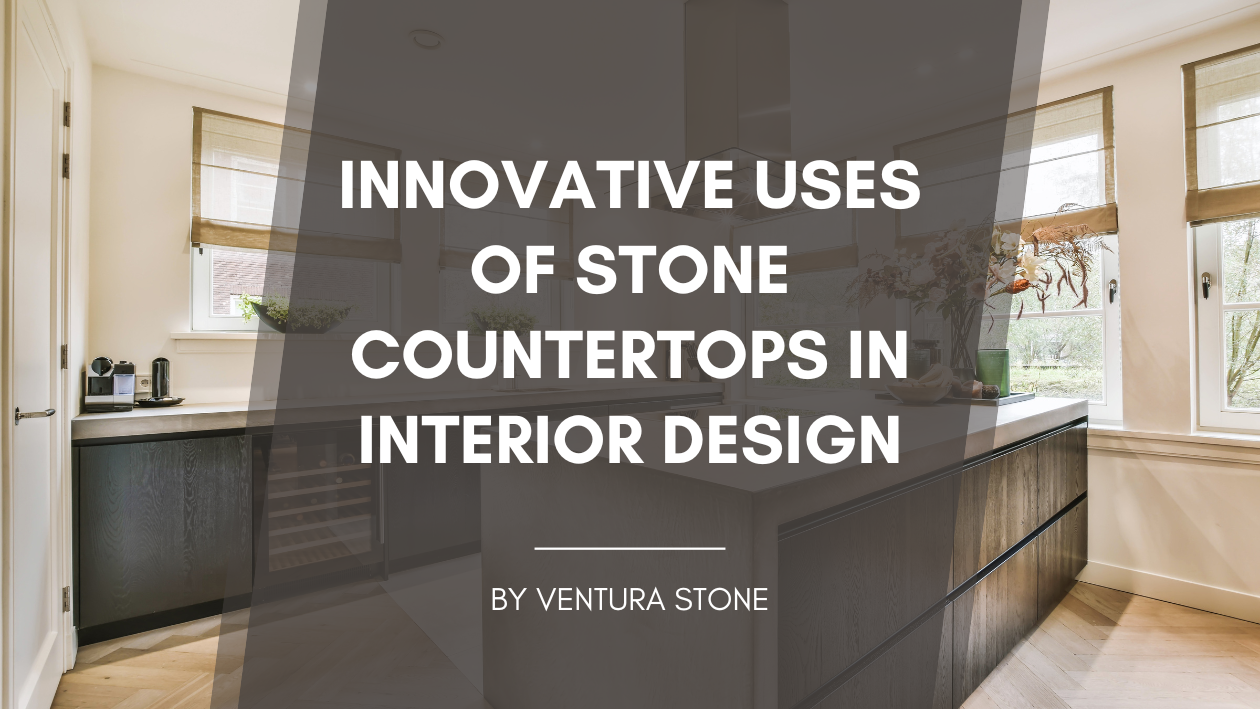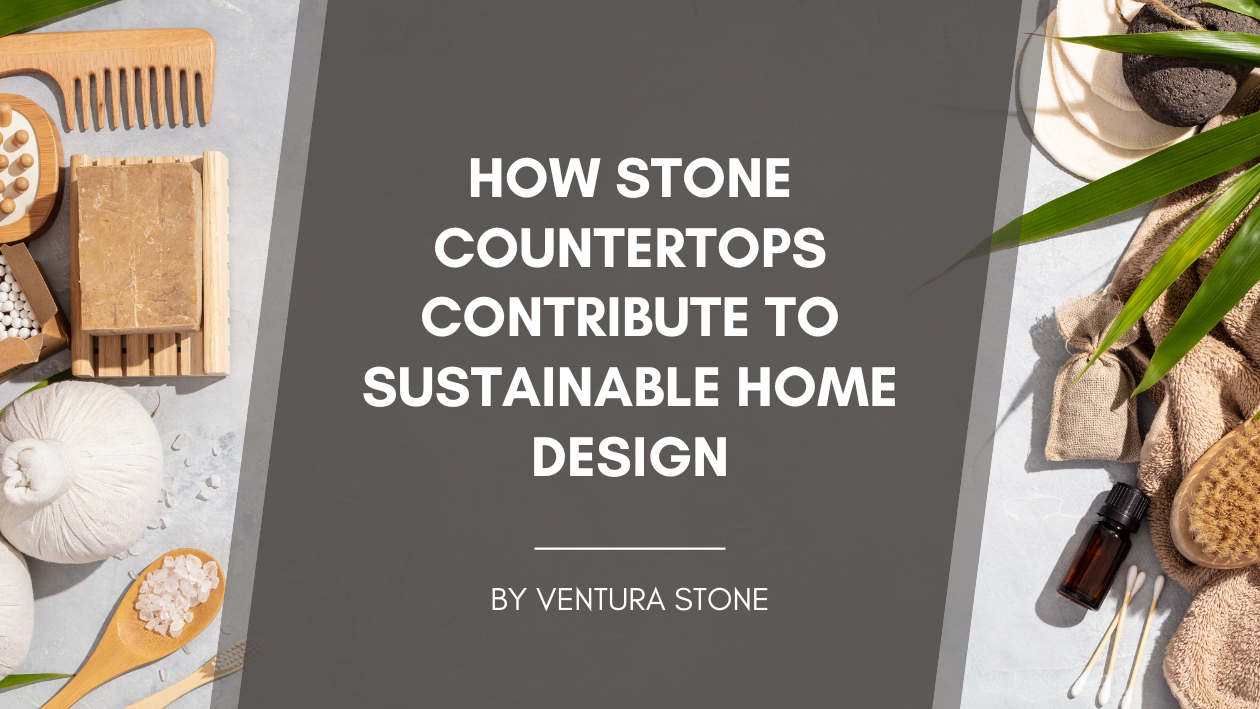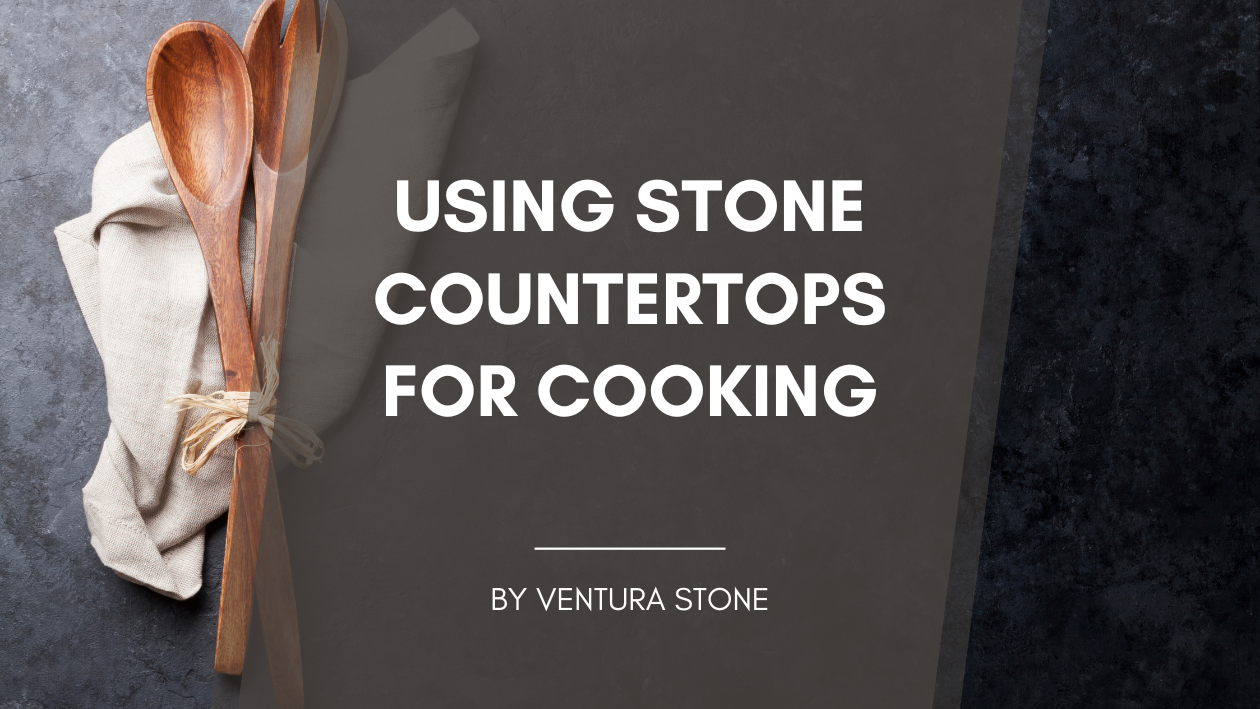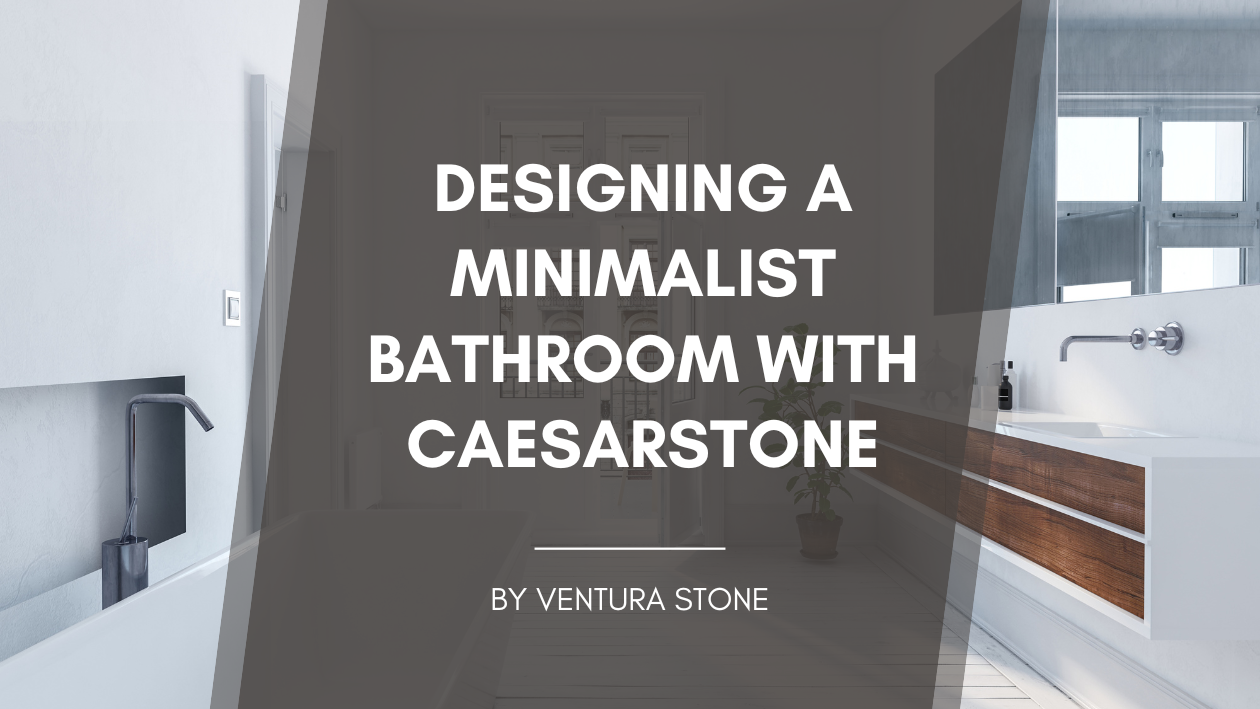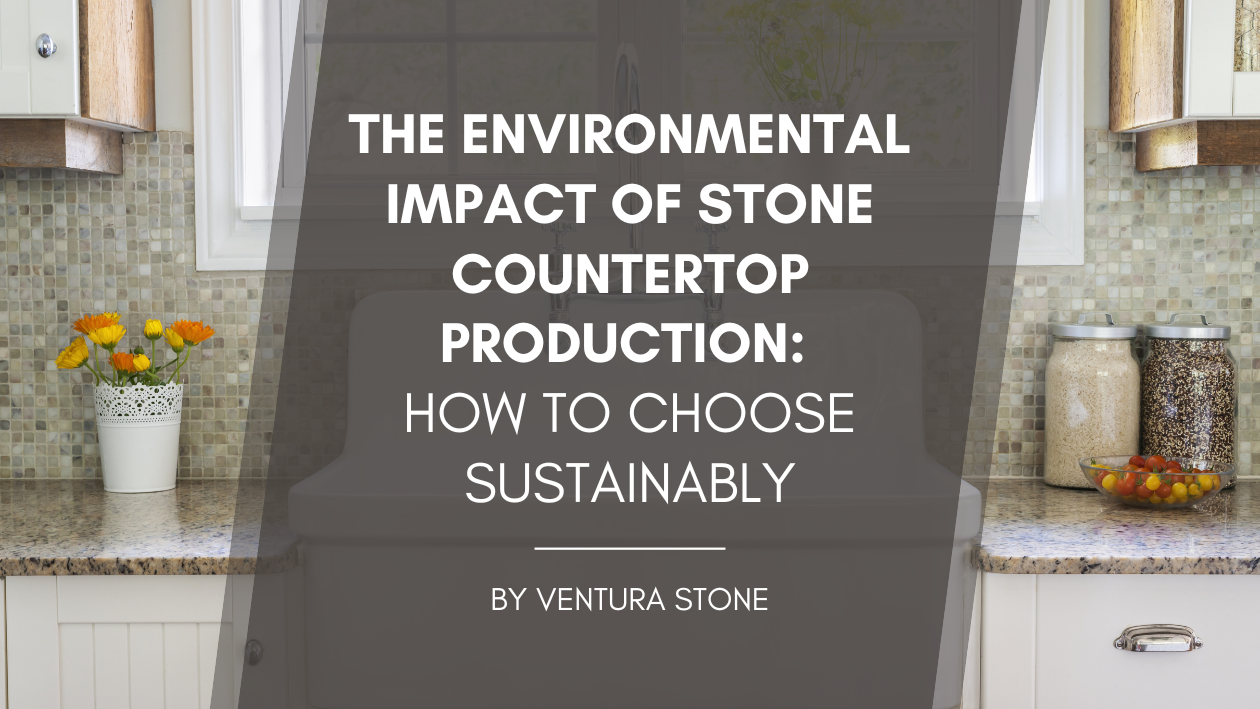blogs
Create A Rustic Kitchen
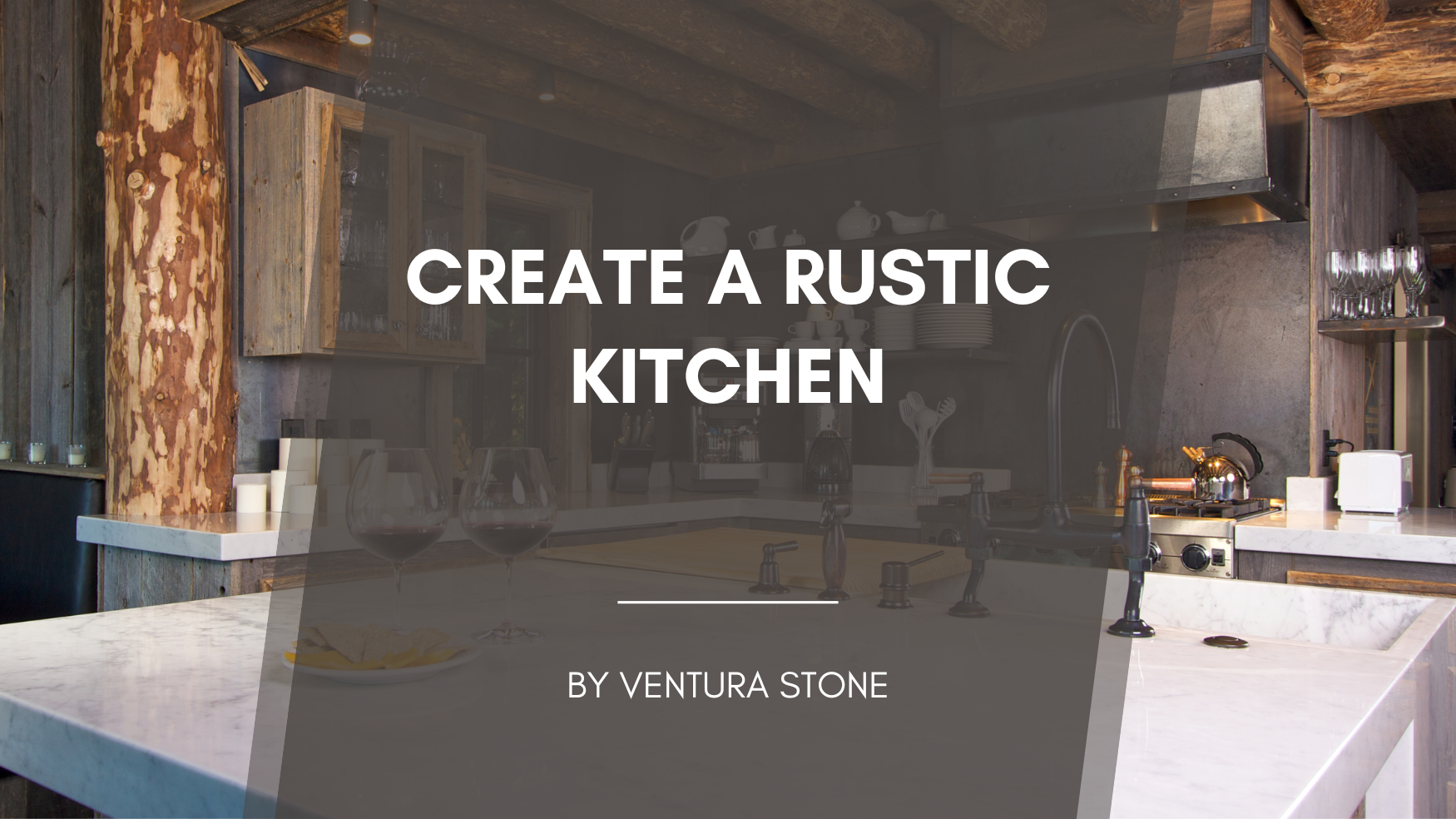
If you’re looking for simple ways to bring some color and life into your kitchen, we have the tips you need. Whether you are totally remodeling your kitchen or simply want a change of scenery, these simple tips can totally change the vibe of your kitchen.
Choose Your Color Wisely.
If you’re like most people, you probably have a favorite color or colors. While this color may be beautiful as clothing, notebooks, pens, blankets, etc, it may not be the best choice for your kitchen. Decide how many colors you want to infuse into your space before you continue reading. Do you want to repaint the walls and make this color the main focus of the room, or do you see it more as an accent color that will be thrown in here and there among an otherwise neutral room? The more color you plan to incorporate into your kitchen, the more important your choice is. Here is a shortlist of some color meanings. You can read more here: https://bsyl.ink/ColorPsychology.
- Yellow/Orange: Yellow and orange are cheery colors that can add excitement and warmth to a room. Both shades are related to fruits, flowers, and the sun, so it makes sense that people interpret them how we do. Lighter shades of these colors, particularly yellow, can really open up a room and make it seem sunny and inviting. Yellow has a soothing quality that makes it ideal for kitchens, and it pairs well with grays, woods, and white.
- Red: Red can be overly-abrasive in most rooms, but typically does well in a kitchen. The more natural lighting the better a red kitchen will feel because the dark pigment will not make the space seem smaller than it is. Red can be paired with white, some greys, wood, and black.
- Blue: Blue is the color of trust, calmness, and security. A light or pastel blue can open up a space and create a sense of calm. Many beach-side homes utilize blue to refer to the ocean and to emphasize the calm and relaxed beach life. Darker blues can make a room seem smaller, so be wary of navy, midnight, royal, and other deep blues. If you live in a particularly hot climate, blue walls can cool down a space.
- Green: Green is the easiest color for the eyes to process and is often associated with wealth, growth, or nature. Greens can be nice for rooms with a lot of natural sunlight or in homes situated in a woodsy area. Green pairs very well with wood, and can also look fantastic with grey or white accents.
- Gray/White/Beige: We are going to lump these three colors together because they are all neutrals that will pair well with almost any other color. A clean white kitchen makes the room seem larger, sunnier, and more modern. Greys are nice if you don’t want the harshness that pure white can cause, and they also pair well with many color palettes. Beige is great for a more natural, rustic look and pairs wonderfully with wood and stone.
Where Can You Infuse Color?
As we said earlier if your favorite color is not well-suited for the walls in your kitchen, consider using it as an accent color rather than painting all of the walls. There are a few ways to add color without it completely taking over the space.
- Accent Wall: If your kitchen has multiple exposed walls, a small open section behind your stove or sink, or a half wall/room dividing wall you can create an accent wall. To get this look, choose a neutral color to paint the majority of the walls, and bring in a pop of color on just the selected wall. This is a great way to add the brightness you want without it becoming overbearing. It also draws the eye to the wall you paint, so if you have a particularly spectacular area of the kitchen you want to show off, paint the wall closest to it!
- Fabrics: For a less abrasive way to infuse brighter colors into your kitchen, use fabrics! Find some curtains, placemats, hand towels, rugs, table runners, and napkins in your desired color and add it to a neutral kitchen for pops of color. The best part about fabrics? They also come in awesome patterns to add an even more personal touch.
- Kitchen Items: In addition to fabrics, there are many simple ways to sprinkle color around your kitchen. Things like pots and pans, bowls, cookie jars, plant pots, etc. are great vehicles for color. Adding in small pops here and there can really liven a room. Remember: the color doesn’t have to be everywhere to be the obvious focal color of the room! Looking for some inspiration? Check out this color-coded list: https://bsyl.ink/ColorCoordinatedKitchenItems.
Multiple Colors.
Are you just totally torn between two colors? You may be able to incorporate both - if they fit together following the color theory.
- Complementary Colors: Any two colors that are across from each other on the color wheel. Examples: blue and orange, or red and green.
- Split Complementary Colors: This scheme uses three colors. One color is matched to the two colors adjacent to the complementary color. Example: Blue with yellow-orange and red-orange.
- Analogous Colors: Any three colors next to each other on the color wheel. Example: Blue, blue-green, and violet.
There are many other variations for what colors work well together. Learn more about the color wheel and you’ll be a master at decorating in no time!
Trims and Finishings.
Matching the trims and finishings of your kitchen to the new color is so important if you want to create a cohesive look. Luckily, most colors can easily be matched with a variety of woods or natural stones. Here at Ventura Stone, we have selections for you to match any color you choose. Take a look at all of our fully-installed options here: https://bsyl.ink/ventura-stone-collections.
